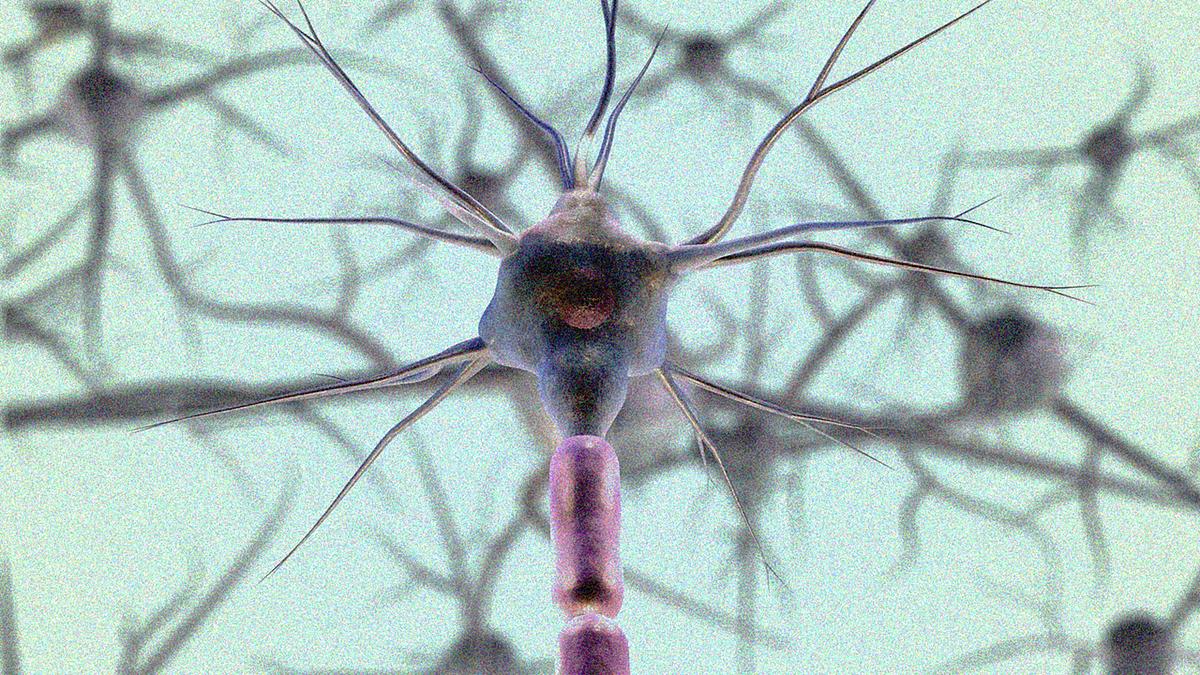The Evolutionary Emergence of Brain Intelligence in Terrestrial Animals
The content discusses the remarkable evolutionary event that occurred during the transition of sea animals to land, around 360-390 million years ago. During this period, a group of sea creatures called tetrapods, which had limbs with digits instead of fins, first ventured onto land. Over the next 60-90 million years, these tetrapods evolved into amphibians and amniotes, which further diversified into reptiles, mammals, and birds, fully conquering terrestrial habitats.
Crucially, during this transition to land, an extraordinary event took place - a virus-like genetic element hijacked the germline cells of these tetrapods. This invasion endowed their neurons with the capability to form synaptic connections, which are vital for learning and memory. This was a pivotal moment in the evolutionary history of land animals, marking the beginning of the development of advanced brain functions and intelligence.
The content highlights how this acquisition of virus-like genetic material by the germline cells of these early tetrapods was a transformative event that enabled the emergence of brain intelligence in terrestrial animals, including humans. This evolutionary innovation laid the foundation for the subsequent diversification and dominance of land-dwelling creatures over the following 100-150 million years.
Customize Summary
Rewrite with AI
Generate Citations
Translate Source
To Another Language
Generate MindMap
from source content
Visit Source
medium.com
The Miraculous Origin of Brain Intelligence in Land Animals (Like Us)
Viktiga insikter från
by Shin Jie Yon... på medium.com 07-29-2024
https://medium.com/microbial-instincts/the-miraculous-origin-of-brain-intelligence-in-land-animals-like-us-5e288c356047
Djupare frågor
